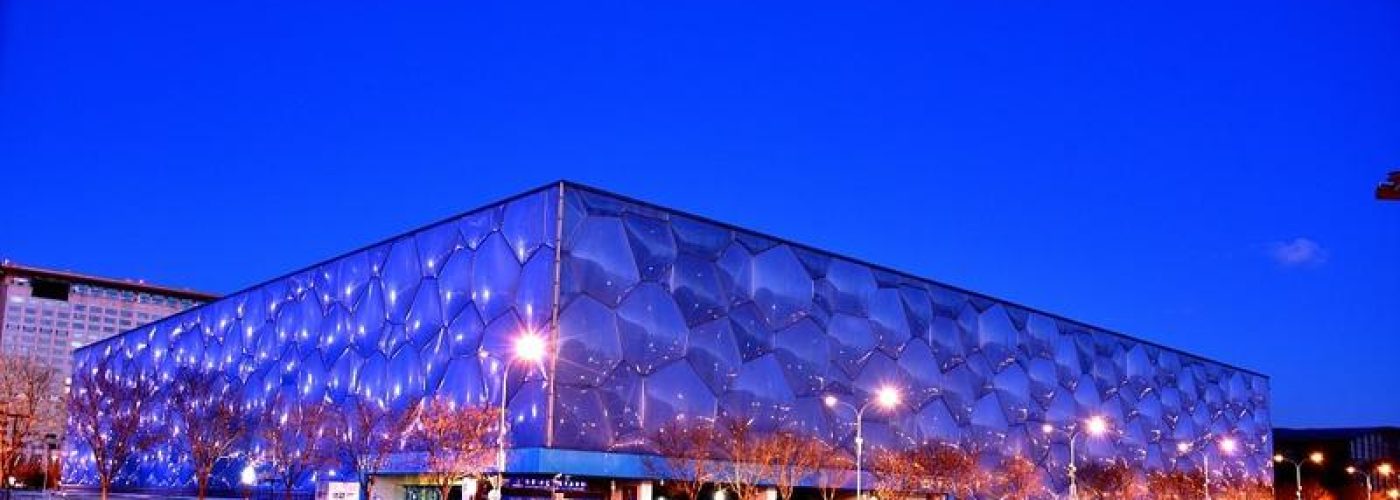Sporting arenas are interesting places from an architect’s point of view. You have to build something which is capable of holding thousands of people and catering to any needs they must have. On top of this, many sporting arenas around the world have their own little quirks about their construction so here are some of our favourites.
La Bombonera

Boca Juniors are one of the most popular football teams in Argentina. They are loved by many and their matches always receive a flurry of support and bets from people wanting them to do well, so how about you try your luck at NetBet sport to score a big wager on their next important match. While three sides have the usual tiered seating we see in stadiums all over the world, the fourth side has what is referred to as the “flat” stand. Instead of pushing back, the three tiers of the flat stand are vertical and it can often give the impression that Boca fans are going to dive forward onto the pitch.
Victoria Park

The Highland home of the football team Ross County might seem ordinary enough to a passer-by or even a football fanatic, however, when you compare its seating capacity to the nearby town of Dingwall, something crops up which is quite amusing. Victoria Park draws crowds of supporters in from all over Ross-shire and so the stadium can support over 6500 fans. Meanwhile, Dingwall has a population of 5491, according to the 2011 census. It’s amusing to think that an entire town can comfortably fit inside the seats of its football stadium and still have plenty of room.
The Water Cube

Head to the Olympic Park in Beijing and you will be confronted by the Beijing National Aquatics Center, or as it is colloquially known, the Water Cube. The design of this interesting building was chosen from an international competition and, as the name suggests, it resembles a cube of water. The unique pattern to the walls and ceiling makes for a very interesting viewing, whether you are inside the building or out. In addition to its use for the water events in the 2008 Summer Olympics, it will host the curling events of the 2022 Winter Games.
The Taiwan National Stadium

If you head to the national stadium of Taiwan, you will be confronted by a blue-grey structure half-curving around the stadium itself. This is supposed to resemble a dragon and is the brainchild of architect Toyo Ito. The blue-grey structure is actually thousands of solar panels and they provide 100% of the stadium’s energy in addition to being hooked up to the country’s national grid. Therefore, they can seep off any extra energy for locals to use whenever there is not a match playing.
Most people are too focused on what is happening during the games to pay attention to the building they are in, however, this can result in you missing out on some fantastic quirks the architects have put in. Head down to your local sporting arena today and see what you can find out about it. It might be small but there will be something there.





